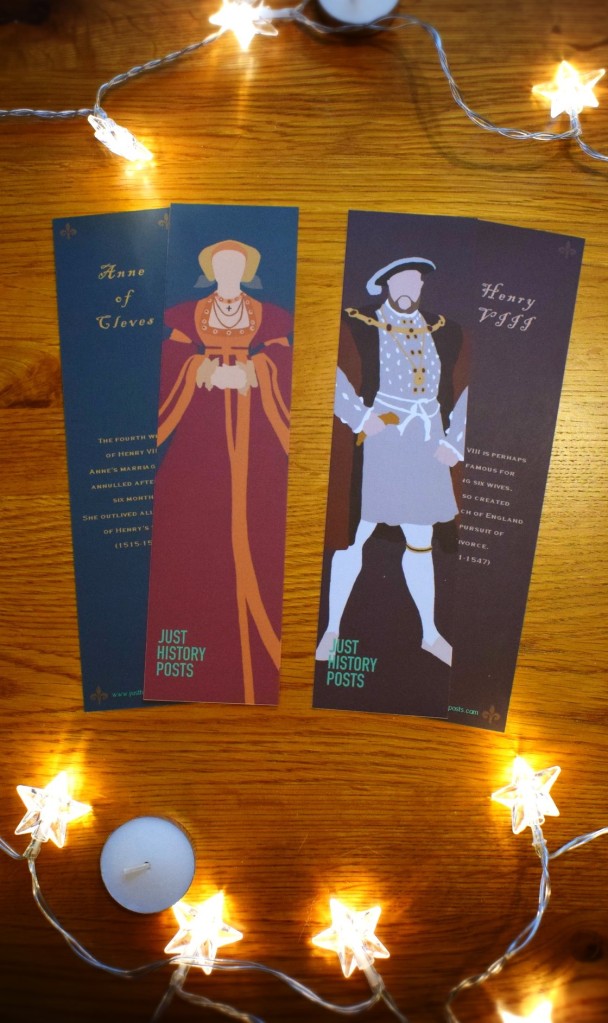Two years ago today I compiled a post exploring six of the blog posts I have written about women in honour of International Women’s Day. I decided today was a great chance to revisit this idea and have a look back at some of the fantastic women we have explored over the past few years.
1) Female Highwaymen of the Seventeenth Century
This was my first ever blog post for International Womens Day, and it remains one of my favourites. Highway robbers are so evocative in public imagination, bringing a romanticised view of a dashing man stealing from the rich and outwitting the authorities. However, many people do not realise that there were several high-profile highway robbers who were women. From the noblewoman leading a double life to fictitious characters, learn all about what they got up to here.

2) Jadwiga of Poland
One of my most popular posts on royal women on this blog is this one about Jadwiga of Poland. Jadwiga became ruler of Poland in her own right in the fourteenth century and was the first woman to do so. She became known for her piety, and she also promoted education in her kingdom. She was a pioneer for promoting the use of vernacular in church services, and ordering The Scriptures to be translated into Polish. Sadly she died young in childbirth. Read about her life here.

3) Queen Joan of Navarre, Royal Witch
Another Queen who understandable gets a lot of attention on this blog is the wonderful Queen Joan of Navarre, Queen Consort of England through her marriage to King Henry IV. Joan moved to England in the early 15th century, but after her husband’s death she became the target of plots at court to steal the extensive wealth she had gained as a widow. She was accused of using witchcraft to try and kill King Henry V and was placed under house arrest. She is also one of the subjects of my book, Royal Witches: From Joan of Navarre to Elizabeth Woodville. Read more about what happened to Joan here.

4) Georgian Women’s Hairstyles
One of my most popular posts by far is my one about the fantastic hairstyles of women in Georgian England. Fashion changed dramatically through the period, but for a while it was considered à la mode to have huge wigs that towered above you, covered in jewels, feathers, ribbons, and all other sorts of goodies. Explore what exactly women wore – and what their contemporaries thought of it! – here.

5) Lady Godiva
Some women become legends after their death, and Lady Godiva is a great example of this. A real noblewoman who lived in the 11th century, she was one of the few Anglo-Saxons, and the only woman, to remain a major landholder shortly after the 1066 Norman Conquest. In later centuries, however, legend spread of how she rode naked on a horse through Coventry in protest at her husband’s cruel taxation of its people. So, is this legend based in truth? Find out here.

6) Colonial Women of North America
I ended the post two years ago with this article, and I couldn’t resist putting it in again. A television programme called Jamestown came out which was a historical drama of the early years of the colony there. A critic slammed the programme for its portrayal of the women of the colony, who the reviewer perceived to be too feisty and rebellious. So, I decided to write a post exploring just who these pioneering women were, and whether their portrayal in the tv show really was accurate or not. Read all about them here.

My blog has been running for nearly three and a half years now, and so there are many more women and their stories to be found in these pages. From how hatpins were an instrument of liberation, to women ruling kingdoms, to pioneers in STEM and sexual liberation in Victorian Music Halls, there is something for everyone. Have an explore by looking at a list of posts broken up into categories here. Happy International Women’s Day!
Previous Blog Post: History in the News, February 2020
You may like: Ada Lovelace, The First Computer Programmer
List of Blog Posts: here Blog Homepage: here
Check out my history book recommendations on Bookshop UK.
Buy my books via the pictures below! Or why not check out our shop?

Follow us:






2 thoughts on “Women of Just History Posts Part 2: International Women’s Day 2020”